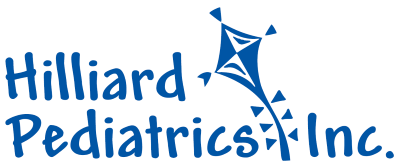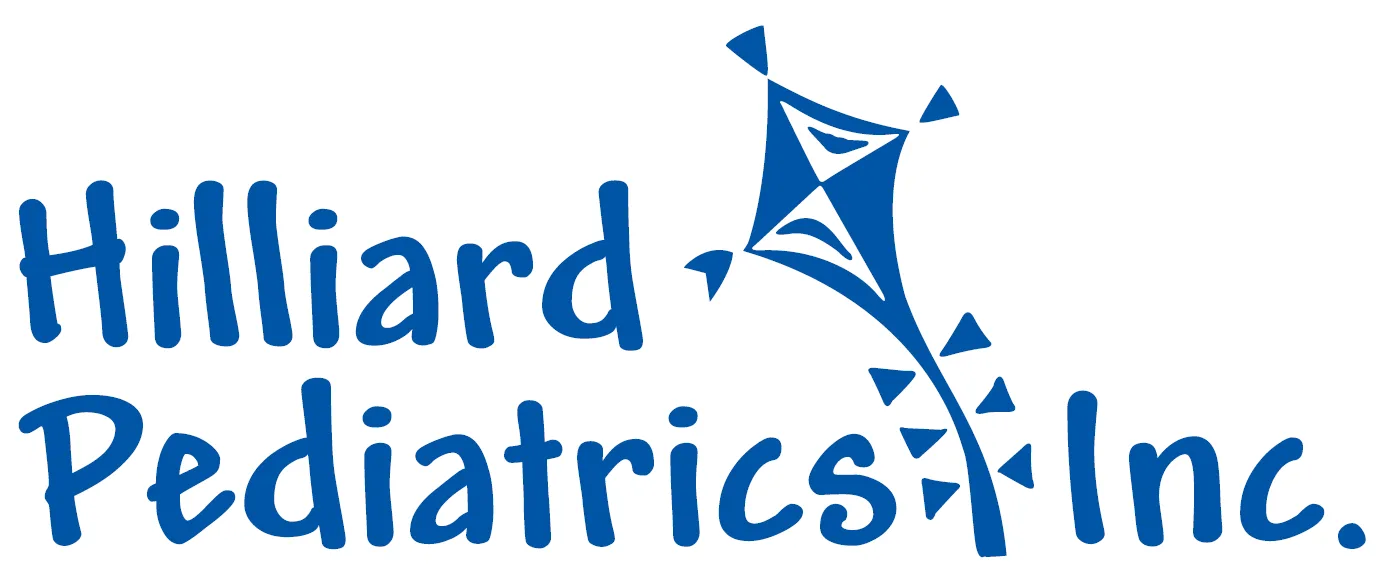Care for Sprains
Hilliard Pediatrics, Inc. - Dr. Tim Teller, MD
Introduction
Sprains are soft tissue injuries. The soft tissues often involved are muscles, ligaments, and tendons. Sprains occur when these parts of our body are over-used or over-stretched. Two common sprains are ankle sprains and wrist sprains. If you are told by the doctor that your child has a sprain, you can be reassured that the doctor does not feel that there is a broken bone (fracture) present.
Expected Course
Depending on the severity (seriousness) of the sprain, these injuries usually gradually improve over 1-4 weeks time. See the care instructions below. It is important to remember that any re-injury or further damage to the sprained area will extend the time it takes to heal.
Care Instructions
Remember the word "PRICE." The letter P stands for Pain control. The letter R stands for Rest. The letter I stands for Ice. The letter C stands for Compression. The letter E stands for Elevation.
Pain Control
It is fine to use ibuprofen (Motrin® or Advil®) or acetaminophen (Tylenol®) for pain control with sprains. These medicines may be continued for as long as the pain is present, but should be used as needed according to their normal dosing schedule.
Rest
If the sprain is to heal, it needs rest. Strenuous activities should be cut back until the pain and swelling decrease. Ask the doctor if your child should be excused from gym activities at school. If so, we will provide you with a doctor's excuse. Some sprains of the ankle or knee require the use of crutches. If recommended or prescribed, your child should use them essentially whenever they need to move about. This allows the sprained part to get the rest that it needs to heal. Crutches are widely available for sale at pharmacies and some grocery stores.
Ice
Cooling down the area helps reduce both pain and swelling. As soon as possible, ice should be applied to the injured part. You may use a cold pack (available over-the-counter) or a plastic bag filled with small ice cubes or ice chips. In order to protect the skin over the sprained area, it is best to place a thin towel or cloth between the ice pack and the sprain. Ice should initially be applied for 30 minutes. Afterwards, apply it for 20- 30 minutes at a time 2-3 times a day for 3 days. If the skin becomes painful from the cold, remove the ice. Also, if the ice is left on for longer than 30 minutes at a time, the ability for the swelling to decrease is lost and the swelling may actually rebound back. After the first 3 days, the pain may improve by applying heat instead of ice. This can be accomplished by using a heating pad or towels soaked in warm to hot water then wrung out.
Compression
The swelling that occurs at a sprain can be controlled by wrapping the area with an elastic bandage (Ace® Wrap, which are available over-the-counter). These may be worn regularly after the injury until the sprain is healed. The compression from the elastic bandage also helps support the area as your child’s sprain heals. This often allows the affected area (wrist, ankle, etc.) to return to more normal use while still giving some support.
Elevation
Keeping the sprained area elevated during the time there is still pain and swelling helps the area heal. Allowing the wrist or ankle to remain elevated helps decrease the swelling and the discomfort. A sprained ankle can be kept elevated on a chair, the couch, etc. when one is seated. One should try to keep a sprained wrist elevated above the elbow.
When Do We Need to Check an X-ray of the Area?
- Being able to use the area normally with minimal pain is a good sign that the area is sprained without a broken bone (“fracture”). If one cannot comfortably take 3-4 steps on an injured ankle or gently move the wrist, we are more concerned that a fracture may have occurred -- especially if there is significant swelling and bruising at the site of the injury. During regular business hours, we can arrange for an x-ray through the Nationwide Children’s Hospital Close To Home Centers (in Hilliard, Dublin, and other suburbs around Columbus). After-hours or if we strongly suspect a more serious injury or fracture, we will refer to Nationwide Children’s Hospital Urgent Care centers or Emergency Department.
Last Updated: 06/2019

